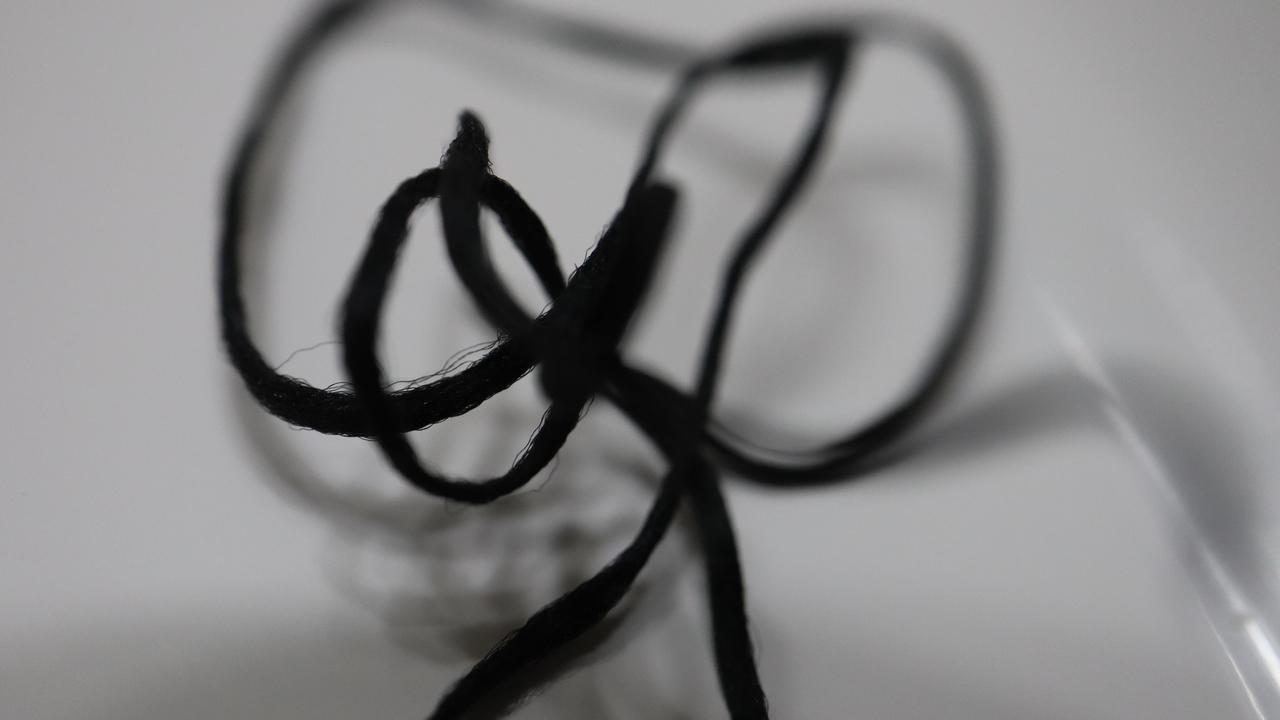Robust Theme
Dec 09, 2019 2020-04-08 7:40Robust Theme
To Floss or Not to Floss...

Dental implants may be designed to feel, look and function like a natural tooth but there are anatomical differences that can’t be overlooked. Keeping implant tissues healthy and free of biofilm can be tricking and using the same armamentarium as we do for natural teeth may not be the proper choice. Areas of concern when using floss for implants are techniques, possible residual remnants and ineffectiveness due to placement. Rough implant surfaces are an ideal starting point for the establishment of biofilm that may end becoming pathogenic.
Technique
Natural teeth attach to the bone by periodontal ligaments and act as a protective barrier against invading bacteria. Instead of the ligaments being attached to dental implants, the surrounding tissues create a protective seal that can be broken with improper flossing techniques. If recommending flossing for at home maintenance, it should always accompany thorough instructions that include a hands-on demonstration. Patients will have to adjust their technique that they have used for their natural teeth in the past. The recommended floss to use is unwaxed tape or implant-specific floss and flossing itself is not without controversy.
Residual Remnants
In our careers we have had a least one patient who shows up at the office with floss stuck between their teeth and we have the abundance of those who just complain about residual floss sticking between their teeth. In natural dentition it is more of an annoyance than anything else but what can happen with implants is even if the floss is primarily removed between the gingiva and the implant there are remaining particles being left behind and have been linked to peri-implantitis.1 Dr. Jim Grisdale, Board Certified Periodontist and Prosthodontist goes so far as to say "don't floss implants" but of course there must be an adjunct of inter-proximal cleaning.
Space
Another possible problem is the design of the implant restoration or position the implant was placed. When dental implants are placed, more space is likely to exist between the emerging implant and prosthetic crown. Spaces may be found in all sorts of shapes, sizes and depths for a multitude of reasons.2 With minimally invasive technology the biologic width is not disturbed through an uncovering process, or during the impression process the connective tissue is also undisturbed. There are no micro gaps to contend with due to the innovative one-piece design that would allow movement and an environment that makes the area more susceptible to bacterial invasion, leading to an unhealthy periodontal condition. Whether you have legacy implants or more innovative implants to best keep those areas clean, patients can add water flossers and interproximal brushes that may be better suited. When using interproximal brushes,, it is important to use nylon coated not metal wire to prevent scratching the implant or prosthesis.
Home care isn't easy to teach or for the patient to incorporate into their daily routine but having an implant restored mouth requires everyone to do their part. Giving patients options and choices can lend itself to better compliance. The goal is the same for the clinician and the patient, long term success of their implants.
1. van Velzen FJ, Lang NP, Schulten EA, Ten Bruggenkate CM. Dental floss as a possible risk for the development of peri-implant disease: an observational study of 10 cases. Clin Oral Implants Res. 2016;27(5):618-621. doi:10.1111/clr.12650
2. Beumer J III, Faulkner RF, Shah KC, Moy PK. Fundamentals of Implant Dentistry: Prosthodontic Principles. Hanover Park, IL: Quintessence Publishing; 2015.
*Please also see blog post: A New Option for Implant Maintenance


